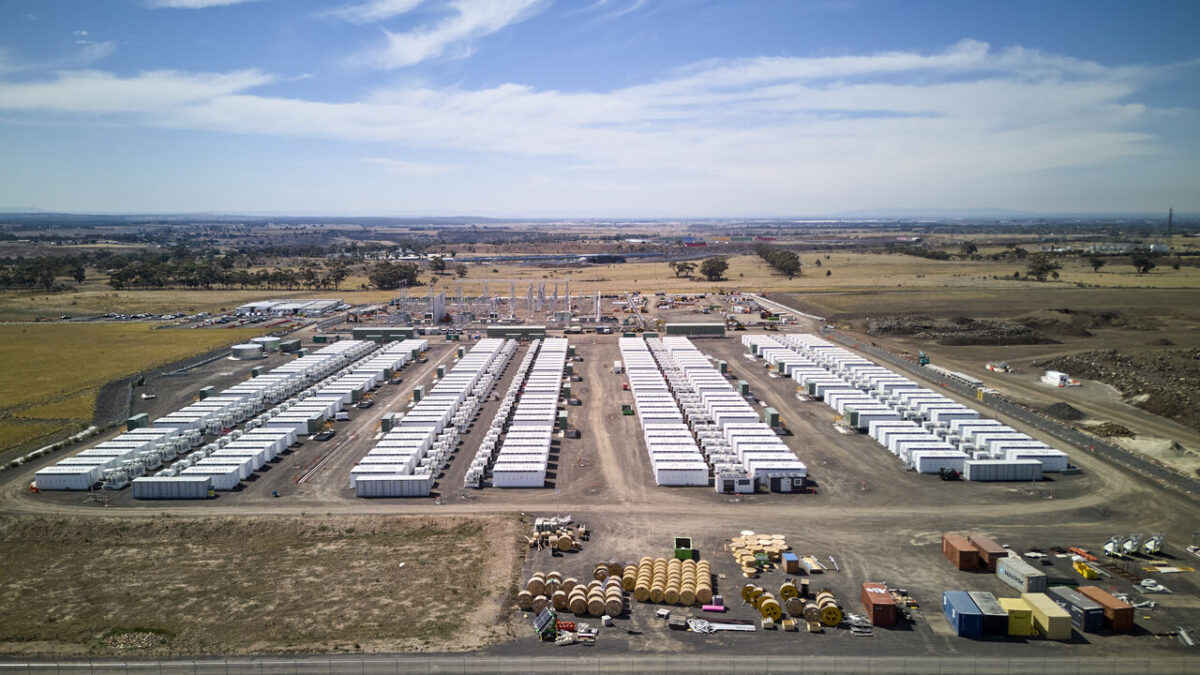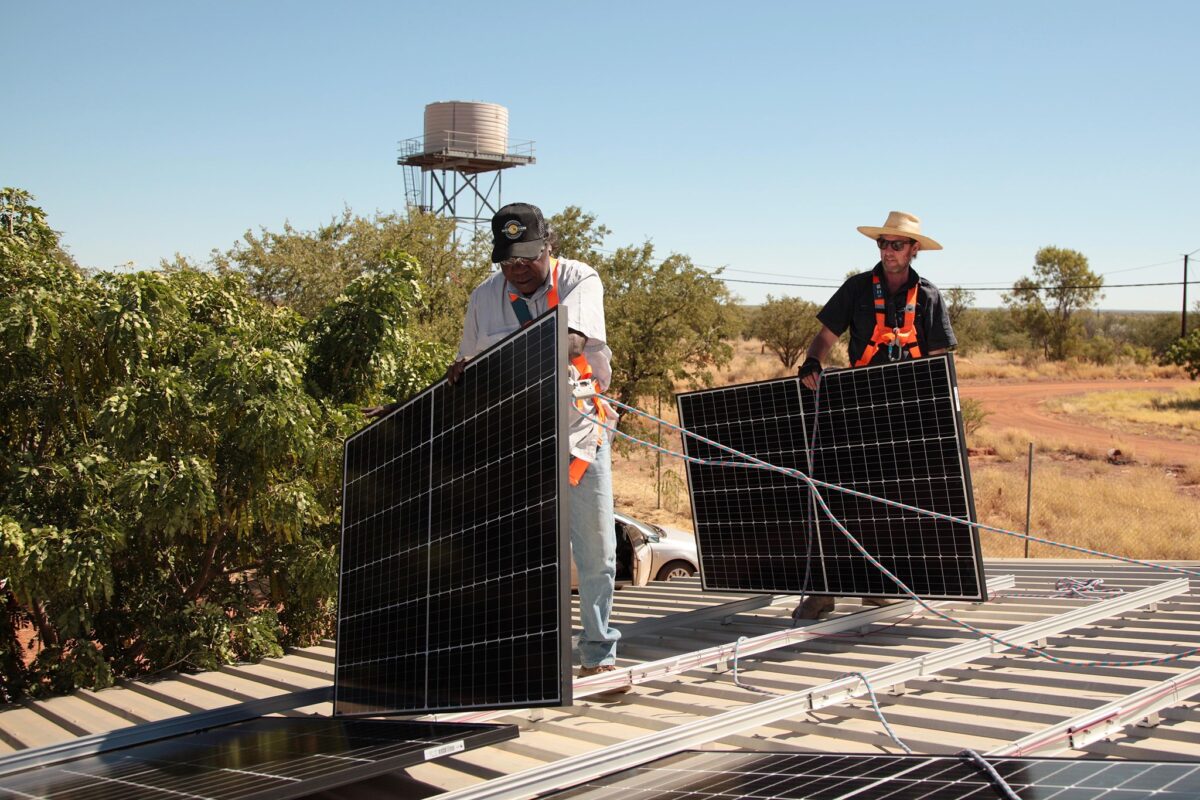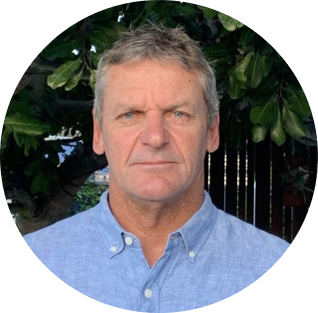Victorian electricity consumers could once again be able to sign up to publicly owned power after a more-than=25-year absence with the revived State Electricity Commission (SEC) signing retail contracts to power all state government operations with 100% renewable electricity.
From 1 July 2025, the SEC will power Victoria’s schools, hospitals, museums, trains, trams, traffic lights and all other state-owned operations with renewable electricity generated by its own projects and those developed through the Victorian Renewable Energy Target (VRET) auction scheme.
The SEC’s own projects include the 600 MW / 1.6 GWh Melbourne Renewable Energy Hub being constructed at Melton in Melbourne’s outer west, and the SEC Renewable Energy Park, incorporating a 119 MW solar farm and a 100 MW / 200 MWH battery energy storage system, being developed near Horsham in the state’s northwest.
VRET projects include the 99 MW Winton, 102 MW Glenrowan and 34 MW Cohuna solar farms.
The SEC said if needed, it will also buy Large-scale Generation Certificates (LGCs) from privately owned renewables projects to ensure that each MWh of electricity consumed by its customers is matched to a renewable energy source.
SEC Chief Executive Officer Chris Miller said the signing of the retail contracts means the re-established body will be the fifth largest commercial and industrial (C&I) electricity retailer in the state.
“When we enter the market on 1 July, the SEC will be servicing approximately 5% of the Victorian electricity market, providing us with a strong base to help more Victorian businesses transition to renewable energy, improve their energy efficiency, reduce consumption and meet their carbon reduction goals,” he said.
Miller noted that supplying renewable power to government operations is just the start of the SEC’s offering, with plans in place to expand its retail offering to include C&I businesses.
Miller said large C&I customers are already able to leverage their buying power to negotiate renewable energy power purchase agreements with developers or gentailers but smaller businesses have less opportunity and the SEC will help to address this gap.
“Our capacity to source renewable energy … and offer renewable energy to retail and wholesale markets means we can match supply with demand, thereby reducing the Victorian government’s exposure to price volatility,” Miller said.
The SEC, previously Victoria’s sole government electricity supplier, was disaggregated and privatised during the late 1990s. It was re-established in late 2023 with an initial $1 billion (USD 650 million) investment towards delivering 4.5 GW of power by 2035.
Victoria Energy Minister Lily D’Ambrosio said all profits made by the SEC will be invested into more renewable projects, so all Victorians can share in the benefits the state’s renewable energy transition.
“The SEC will power Victorian government operations with 100% renewable electricity, with all profits being invested back into projects that will deliver more renewable energy and lower power bills for Victorian families,” she said.
This content is protected by copyright and may not be reused. If you want to cooperate with us and would like to reuse some of our content, please contact: editors@pv-magazine.com.









By submitting this form you agree to pv magazine using your data for the purposes of publishing your comment.
Your personal data will only be disclosed or otherwise transmitted to third parties for the purposes of spam filtering or if this is necessary for technical maintenance of the website. Any other transfer to third parties will not take place unless this is justified on the basis of applicable data protection regulations or if pv magazine is legally obliged to do so.
You may revoke this consent at any time with effect for the future, in which case your personal data will be deleted immediately. Otherwise, your data will be deleted if pv magazine has processed your request or the purpose of data storage is fulfilled.
Further information on data privacy can be found in our Data Protection Policy.